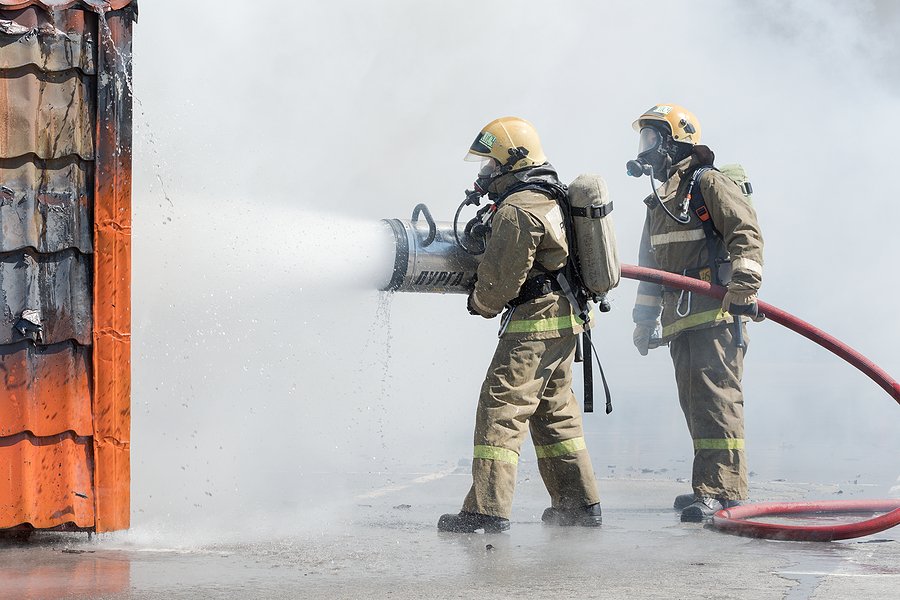In 2003, a report commissioned by the UK Environment Agency warned of the environmental dangers posed by firefighting foams containing PFAS, a group of chemicals that persist in the environment and are often referred to as “forever chemicals.”
The report, which was not made public at the time, highlighted concerns about the use of these chemicals, particularly their impact on ecosystems when released during emergency firefighting, training exercises, or accidental spills. Fluorosurfactants, a type of PFAS used in the foams, were specifically noted for their toxicity and potential to accumulate in living organisms. Despite this early warning, the agency did not move to regulate PFAS for two decades.
PFAS chemicals are now known to be linked to serious health issues, including cancers, yet regulation has been slow. While countries like the US and the EU have introduced stricter controls, including limits on PFAS in drinking water and plans to restrict their use, the UK has been less proactive.
Only two types of PFAS, PFOS and PFOA, are currently regulated in the UK, and no specific standards for these chemicals in drinking water have been established. This regulatory gap has left many firefighters and residents in towns near PFAS foam manufacturing sites, such as Bentham, exposed to these harmful substances for years.

The 2003 report reviewed the safety data of firefighting foam manufacturers in the UK, including Angus Fire, which operates in one of the most polluted areas in terms of PFAS contamination. The report found that the foams contained toxic and persistent chemicals, even if they were present in low concentrations.
The persistence of these chemicals, which do not break down easily in the environment, raised concerns about long-term damage, particularly to aquatic life. Despite these findings, regulatory action was not taken to address these concerns for many years.
This lack of regulation has drawn sharp criticism. Environmental groups and union representatives argue that the agency missed an opportunity to protect both the environment and public health. Dr. Shubhi Sharma from Chem Trust called the inaction “shocking,” pointing out that firefighters have been exposed to these dangerous chemicals for decades.
Similarly, Fire Brigades Union officer Riccardo la Torre described the situation as a “national scandal,” accusing successive governments of neglecting the risks. He called for immediate action to prevent further exposure and demanded health monitoring for all affected firefighters.
In response to the criticisms, the Environment Agency stated that it has been working to build its scientific understanding of PFAS since the 2000s and is currently collaborating with the Health and Safety Executive to restrict the use of PFAS in firefighting foams through UK Reach.
Angus Fire, one of the foam producers, stated that it has complied with regulations and stopped testing PFAS-containing foams at its Bentham site in 2022. The company also noted that it offers PFAS-free alternatives for training purposes, underscoring the evolving approach to managing these chemicals.

